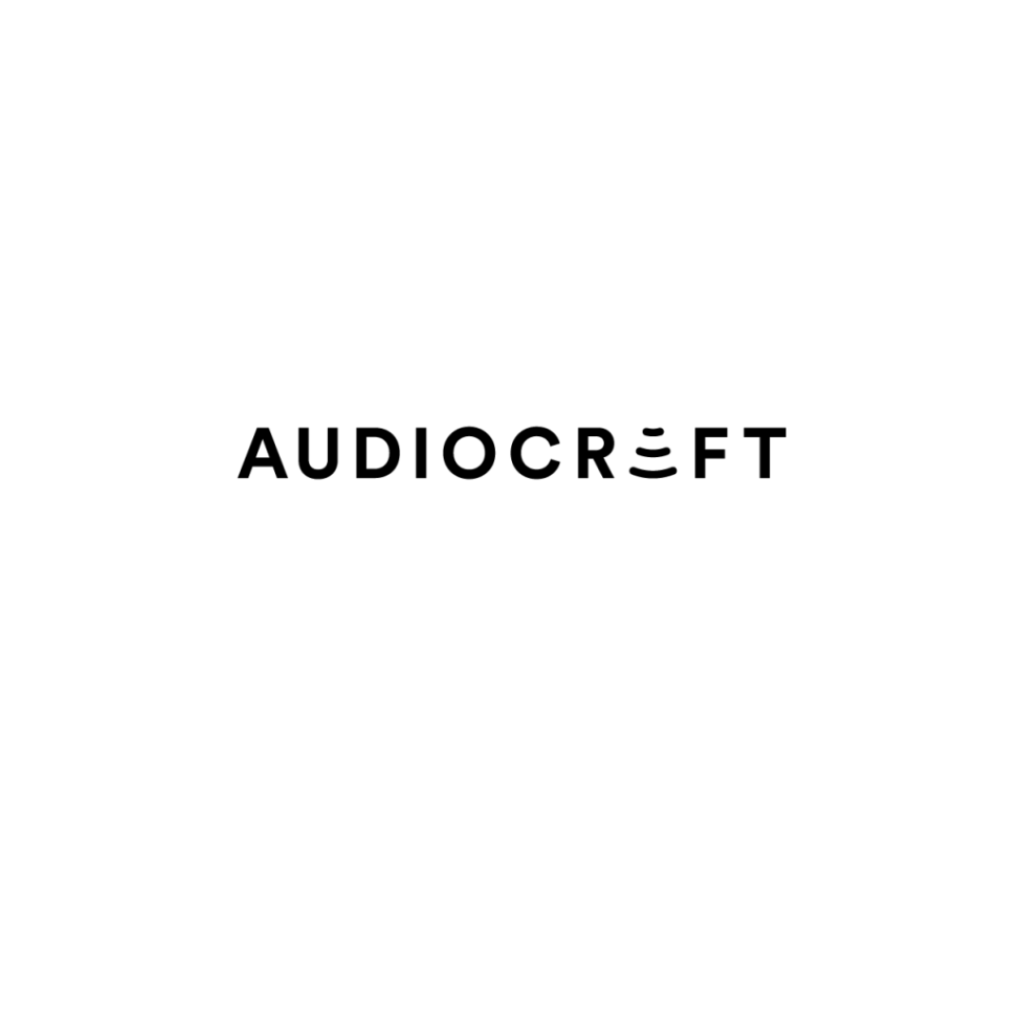
Introduction
In today’s digital age, audio generation technology has made remarkable strides, driven by advances in deep learning and neural networks. AudioCraft, a cutting-edge PyTorch library, has emerged as a powerful tool for generating and manipulating audio with unprecedented accuracy and creativity. Designed for deep learning researchers and developers, AudioCraft offers a comprehensive suite of features that facilitate high-quality audio synthesis, restoration, and enhancement.
Contributions to AudioCraft
Contributing to AudioCraft is an exciting opportunity for developers, researchers, and enthusiasts alike. Here’s how you can contribute:
- Code Development: Contribute new features, improve existing functionalities, or fix bugs. This can include enhancing model architectures, optimizing performance, or expanding compatibility with various audio formats.
- Research and Papers: Publish research papers that utilize AudioCraft for innovative applications in audio generation. Your findings can help validate the library’s capabilities and inspire new directions for development.
- Tutorials and Documentation: Create or refine educational resources, such as tutorials, guides, and examples. High-quality documentation helps users understand and effectively use AudioCraft’s features.
- Community Engagement: Participate in forums, offer support to other users, and provide feedback. Engaging with the community helps improve the library and foster a collaborative environment.
Future Enhancements
As with any advanced technology, AudioCraft has room for growth. Future enhancements might include:
- Next-Generation Models: Integrate the latest neural network architectures, such as transformer-based models, to improve the quality and diversity of generated audio.
- Real-Time Capabilities: Develop features for real-time audio generation and processing. This would expand its applicability to live performances, interactive applications, and real-time communication.
- Enhanced User Interfaces: Create more intuitive and user-friendly interfaces. Improved graphical user interfaces (GUIs) or integration with popular digital audio workstations (DAWs) could streamline workflows.
- Broadened Audio Support: Expand support for various audio types, such as spatial audio, multi-channel audio, and different audio codecs. This would make AudioCraft more versatile in handling complex audio tasks.
- Increased Customization: Allow greater customization of model parameters and architectures. This would enable users to tailor models to specific needs or experiment with novel audio generation approaches.
Why the Requirement Is Necessary
The necessity for advanced audio generation tools like AudioCraft arises from several factors:
- Evolving Creative Needs: As creative industries increasingly rely on digital content, the demand for high-quality, original audio content grows. AudioCraft addresses this need by providing sophisticated tools for generating and manipulating audio.
- Scientific and Technological Advancements: The field of audio technology is rapidly evolving. Researchers and developers need state-of-the-art tools to explore new possibilities and push the boundaries of what’s achievable in audio generation.
- Enhanced Accessibility: AudioCraft’s capabilities can help make audio content more accessible, particularly for individuals with disabilities. For instance, synthetic speech and sound effects can enhance user experiences and accessibility in digital media.
- Cost-Effective Solutions: Traditional methods of audio production can be costly and time-consuming. AudioCraft offers an automated solution that can reduce production costs and time while maintaining high quality.
What Kind of Design?
The design of AudioCraft should prioritize:
- Modularity: A modular design allows users to mix and match different components, such as model architectures and training methods, according to their needs. This flexibility is crucial for experimenting with various audio generation techniques.
- Scalability: AudioCraft should be scalable to handle large datasets and complex models. Ensuring that the library can efficiently process extensive audio data is essential for high-performance applications.
- User-Friendliness: The library should have an intuitive design, with clear documentation and accessible tutorials. A user-friendly design helps users of all skill levels to quickly learn and apply AudioCraft’s features.
- Interoperability: Ensure compatibility with other tools and platforms commonly used in audio production and research. This includes integration with digital audio workstations (DAWs) and audio processing libraries.
System Requirements
To run AudioCraft effectively, users need to meet the following system requirements:
- Operating System: Linux, macOS, or Windows. AudioCraft is compatible with major operating systems, ensuring broad accessibility.
- Hardware:
- CPU: Modern multi-core processor (e.g., Intel i5/Ryzen 5 or better).
- GPU: NVIDIA GPU with CUDA support (e.g., GTX 1060 or better) for accelerated training and inference.
- RAM: At least 8 GB of RAM to handle audio data and model computations efficiently.
- Software:
- Python: Version 3.6 or higher.
- PyTorch: Version 1.6 or higher.
- Additional Libraries: Dependencies for audio processing, such as librosa or soundfile.
- Storage: Sufficient disk space for storing models, datasets, and generated audio files. Storage requirements can vary based on the size of the models and datasets.
Results
By using AudioCraft, users can achieve:
- High-Quality Audio Generation: Produce audio that meets professional standards, with clarity and realism suitable for various applications.
- Innovative Audio Content: Generate novel and creative audio content, opening new avenues for artistic expression and multimedia applications.
- Efficient Production: Streamline audio production workflows, reducing the time and cost associated with traditional methods.
- Enhanced Research: Contribute to cutting-edge research in audio generation, with tools that support the exploration of new techniques and models.
Conclusion
AudioCraft represents a significant advancement in the field of audio generation. With its advanced features, flexibility, and high-quality output, it provides a powerful tool for researchers, developers, and creative professionals. The ability to contribute to its development, coupled with its potential for future enhancements, makes AudioCraft a valuable asset in the evolving landscape of audio technology. As the field continues to grow, AudioCraft will remain at the forefront, driving innovation and shaping the future of audio generation.
